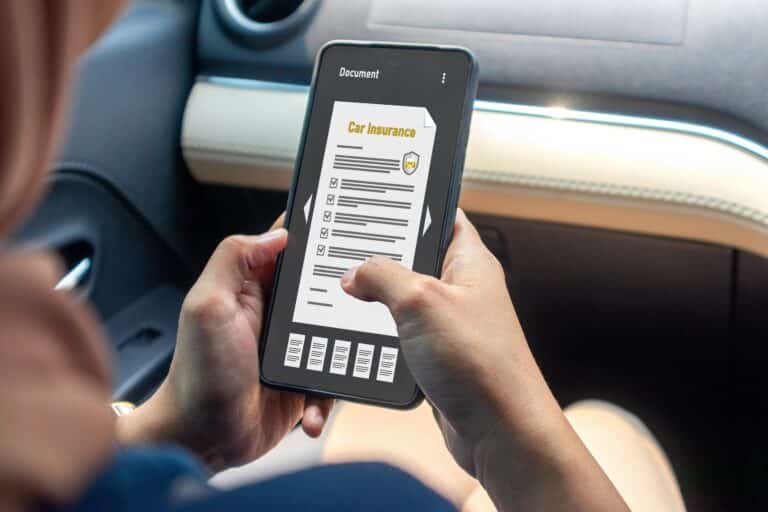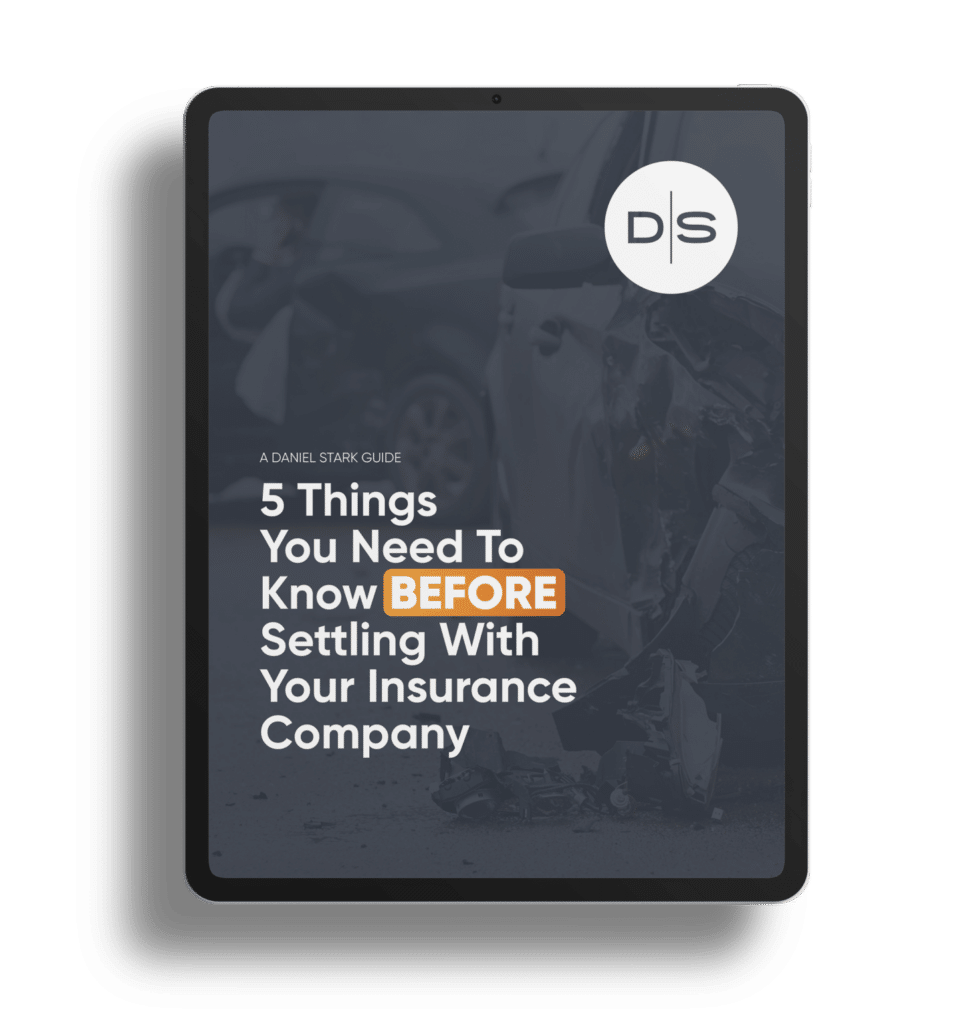With a new school year approaching, ensuring the safety of children who walk, skateboard, or bike to school is crucial.
Pedestrian injuries are one of the leading causes of death among kids aged 5 to 19 in the U.S.
To help protect children’s well-being, it is important to understand and follow pedestrian laws. Here’s how pedestrian laws help keep children safe on their way to and from school.
What are the pedestrian safety laws in Texas?
The Texas Transportation Code states that drivers must exercise caution on the road, particularly when children or incapacitated individuals are present. Pedestrians have the right of way on marked crosswalks, but Texas drivers must yield to pedestrians even on unmarked crosswalks.
Pedestrians also have their share of responsibilities. They must follow traffic signs and crosswalks and observe road rules, including stopping at stop signs. It’s also illegal for pedestrians in Texas to walk on the road where sidewalks are available.
It’s important to note that bikers in Texas are not considered pedestrians. Rather, they share the same rights and responsibilities as motor vehicles. Thus, bikers must yield the right-of-way and follow road rules. In some areas, they can use sidewalks but must give way to pedestrians. However, in other areas, biking on sidewalks is illegal.
What are the key safety guidelines for young pedestrians?
Pedestrian collisions can be prevented if both drivers and pedestrians are attentive to their surroundings. Unfortunately, young children are particularly vulnerable in busy areas because of their limited judgment and inability to judge traffic speed. This is why it’s so important to teach children pedestrian safety skills.
Parents and caregivers can teach pedestrian safety skills by walking with their child, explaining what’s safe and what’s not, and holding their hand while crossing the street. Children under 10 should always cross the street with an adult since they may have difficulty judging speed and distance. Encourage your child to walk on a safe route with adult crossing guards at each intersection, or with an older student or friend.
Teach your child never to run into the street or cross between parked cars. Instead, make eye contact with drivers before crossing and watch out for cars backing up or turning. Look left, right, and left again before crossing the street, and only cross where you can see cars coming from both directions. Wait until cars come to a complete stop, even if the walk signal is on.
Remember, drivers may not always see pedestrians, even when the pedestrian has the right of way.
In addition, using cell phones or headphones while walking can be extremely hazardous and can lead to pedestrian injuries. Pedestrian injuries related to handheld electronics have more than doubled since 2005, with individuals between the ages of 16 to 25 being most at risk.
We recommend teaching your teenager or older child about the importance of not walking while distracted.
How can drivers ensure pedestrian safety?
As a driver, follow these pedestrian safety rules to help create safer roads for everyone:
- Put away your phone and avoid distractions like phones, food, or radios while driving. Stay alert with no distractions and be extra careful in residential areas and school zones.
- Always stop for pedestrians and give them the right of way. Check for pedestrians before entering a crosswalk or making a turn.
- Come to a full stop at all stop signs and never block crosswalks.
- Exercise caution when driving around buses or stopped vehicles, and be sure to check for children before backing out of driveways or parking lots.
- Never drive under the influence of drugs or alcohol.
If you come across a dangerous situation for walkers, don’t hesitate to report it to your local government or police department.
Contact a Qualified Attorney Today
Following Texas pedestrian laws helps make roads safer for everyone — whether you’re driving, biking, or walking. However, collisions can still happen due to reckless or negligent drivers.
If you’re a pedestrian involved in a collision, we recommend contacting an experienced personal injury attorney who can help get your life back to normal.










